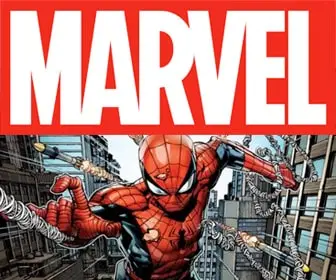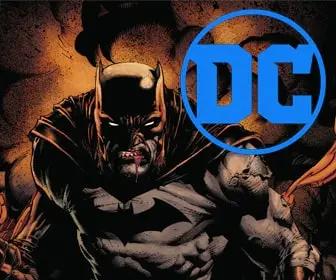
The Art of Inking: Comic Book Creation
Inking in comic books is an art form that often goes unnoticed by casual readers, yet it is a crucial step in the comic book creation process. It’s where the pencil sketches get their life, depth, and character. Inking is not just about tracing over lines; it’s a skillful enhancement of the penciled artwork, a process that requires precision, style, and a deep understanding of how light, shadow, and texture work together. In this blog post, we delve into the world of inking, offering insights and tips on how to excel in this vital aspect of comic book art.

Understanding the Role of Inking
Inking is more than just tracing; it’s a process of interpreting the pencil art. A good inker brings out the mood, enhances the atmosphere, and adds clarity and dynamics to the illustrations. The inker decides which lines to emphasize, where to add weight, and how to use shadows to create depth and volume.
Tools of the Trade
The choice of tools can greatly impact the style and finish of the inking. Here are some common tools used by comic book inkers:
- Traditional Brushes: For a classic look, many inkers use fine sable brushes. Brushes offer a great deal of control and variability in line width.
- Dip Pens and Quills: These tools provide a distinct line quality and are favored for their precision.
- Technical Pens: For consistent line widths and cleaner lines, technical pens are a popular choice.
- Digital Tablets: Many modern inkers use digital tools like a Wacom tablet and software like Adobe Photoshop or Clip Studio Paint, offering flexibility and undo options.
Techniques and Tips
Understanding Light Sources
- Decide where your light source is coming from and use it consistently to determine where to place your shadows and highlights.
Line Weight Variation
- Vary your line weights to create depth. Thicker lines can be used for foreground objects or to outline characters, while thinner lines work better for details and background elements.
Mastering Hatching and Cross-Hatching
- These techniques are used to create texture and shading. The density and direction of your lines will affect the overall texture.
Practice Consistency
- Ensure that your inking style is consistent throughout the comic to maintain a coherent visual narrative.
Work with the Penciller
- If you’re inking someone else’s work, it’s important to understand their intentions and style. Communication between the penciller and inker is key.
Making it Print-Ready
- Scanning: After inking, scan your artwork at a high resolution (300 DPI or higher) for digital editing.
- Cleaning Up: Use photo editing software to clean up any smudges or unwanted lines.
- Formatting: Ensure your files are in the correct format (usually TIFF or PDF) for printing.
Conclusion
Inking is a fundamental part of the comic book process that requires a keen eye, a steady hand, and an understanding of artistic principles. Whether you’re using traditional tools or digital methods, the goal of inking remains the same: to bring the pencil art to life in a way that’s dynamic, clear, and visually compelling. As with any art form, practice is essential. Experiment with different tools and techniques to find your unique style. Remember, in the world of comic books, inking is not just a step in the process; it’s where the magic of the visual story really comes together.










